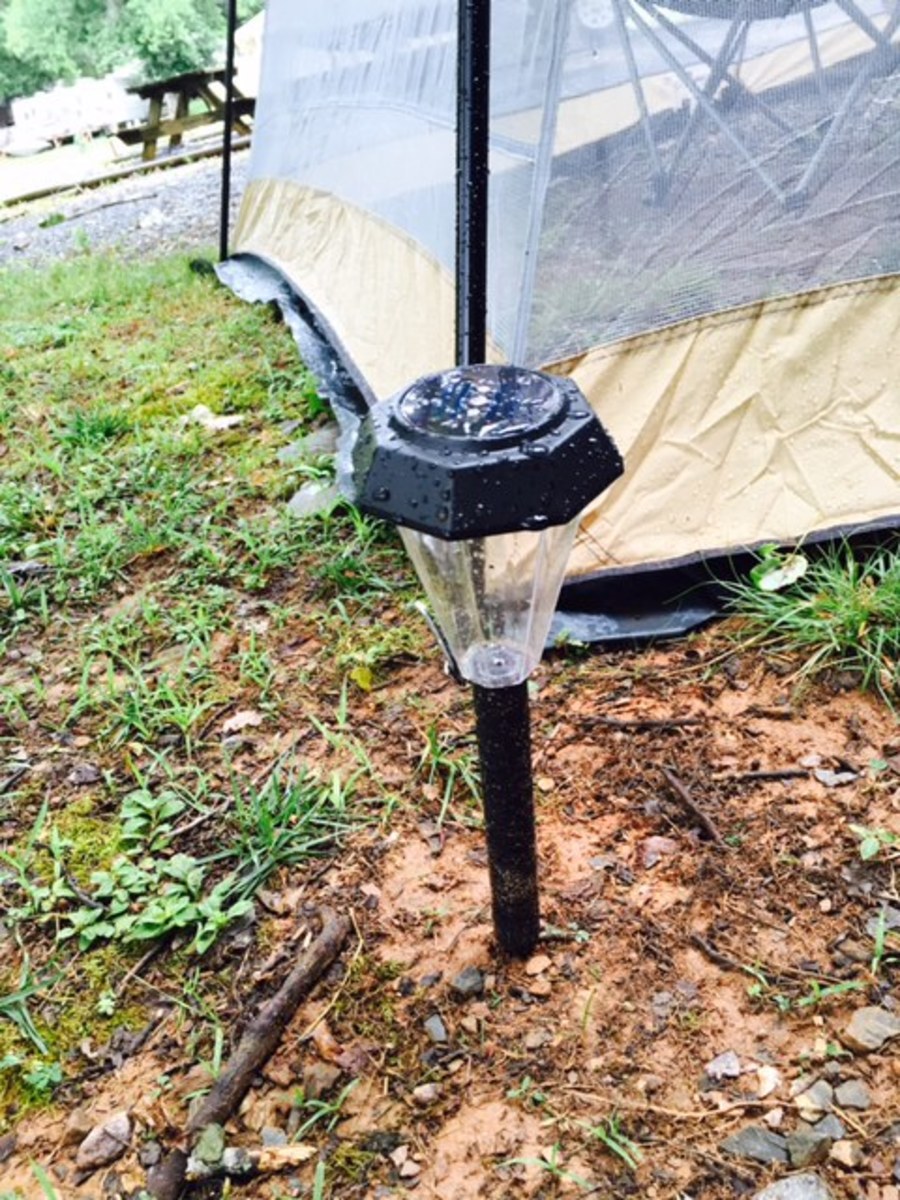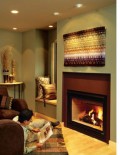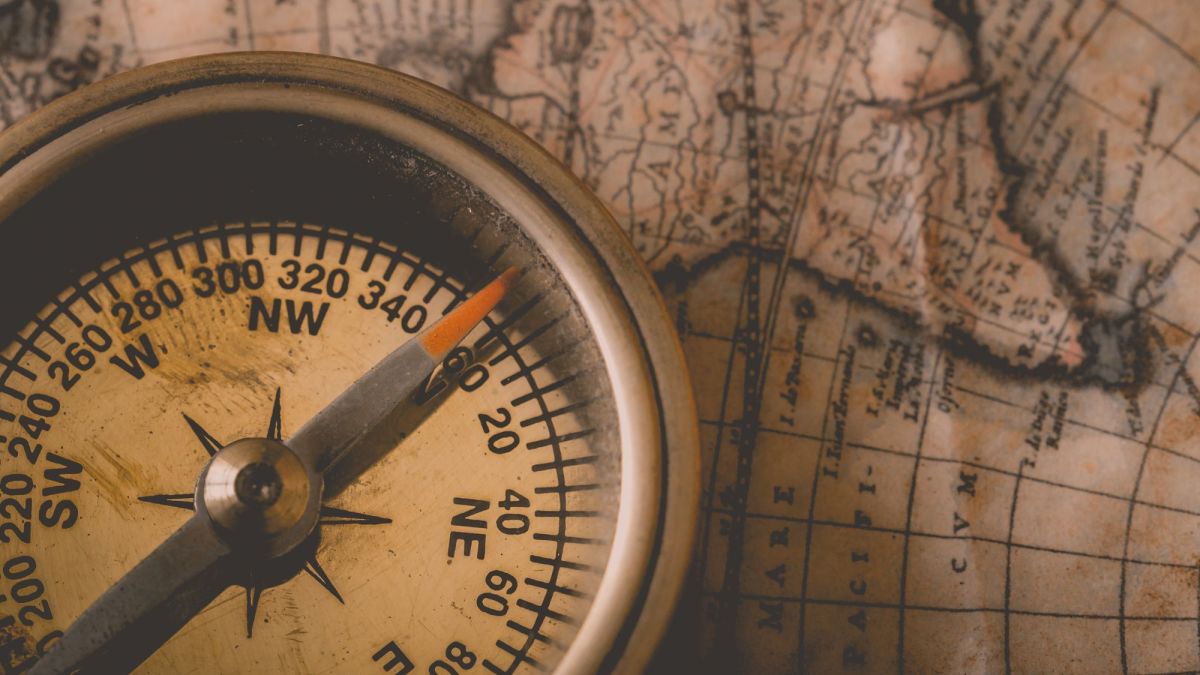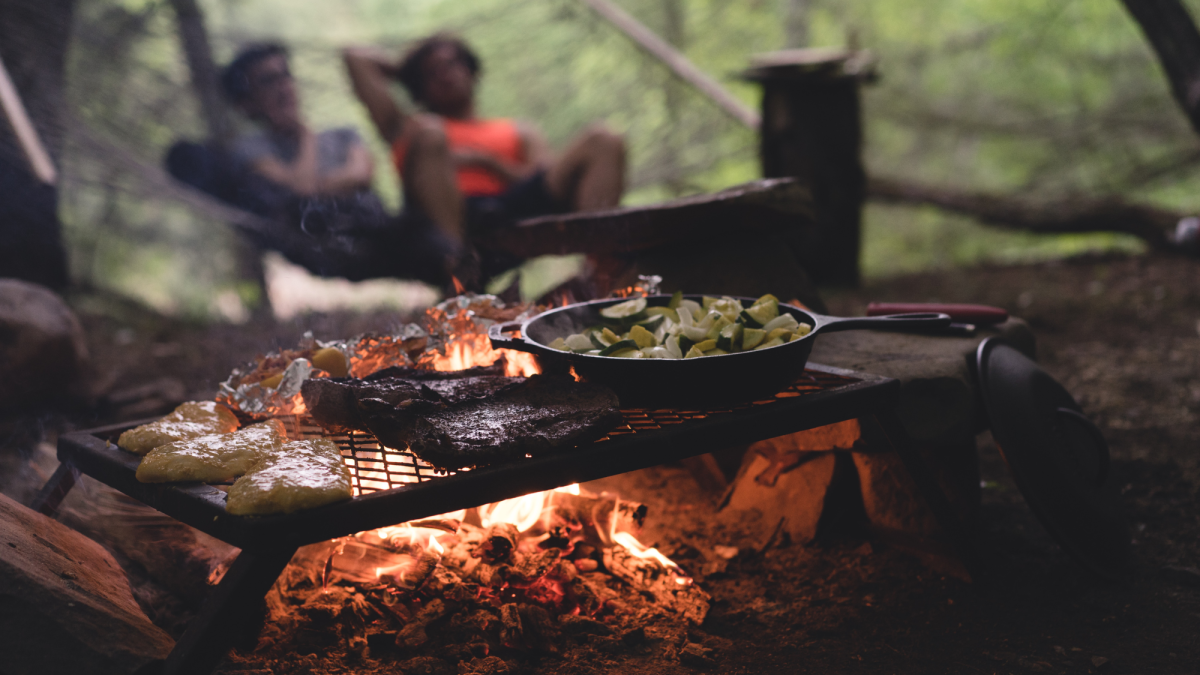A Buyers Guide to Lanterns, Flashlights and Things That Glow
If you are going to be out in the woods at night, you’re going to need something to light your way. A reliable flashlight is one of the most important pieces of gear you can carry. Without it, the out-of-doors can get pretty scary and dangerous. Anytime you embark on an adventure you should have a flashlight in your bag, even if you plan to be back before dark; you never know what could happen.
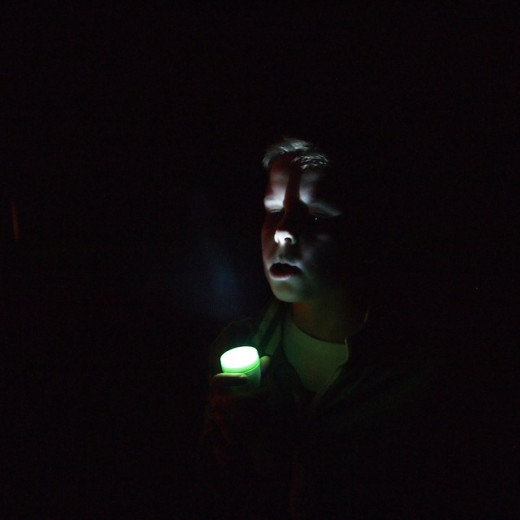
There are many types of lights on the market today, but with a few simple tips you can easily select the right one for you. The first thing you will want think about is how you are going to use your light. Do you want something small you can use while walking or while in your tent or do you want something large that will light up your table, or the whole campsite? Size and weight matter too. If you are hiking or backpacking, you are probably going to want something lightweight that you can toss in your backpack. If you’re driving the car up to the campsite, then size and weight might not matter as much.
When buying a light you also want to find out how bright it will be. The light coming from a flashlight or lantern is measured in “lumens.” The more lumens a flashlight has, the brighter the light it is. Determine what is appropriate for your needs. Likely you don’t need a 140-lumen spotlight to set up your tent. Staying within the range of 30-60 for a flashlight or 150-450 for a lantern will suffice for the average camper. Also, many lights come with multiple settings and have a dim and a bright option. These settings will affect how long the power supply will last.
When looking at light be sure to find out what it takes to run it. AAA batteries are some of the smallest and D are some of the largest for flashlights. Some battery operated lanterns use larger 6-volt batteries. The bigger the batteries, the heavier the light and the more expensive it is to power. Also, look into the “run time” of your light. This is term used to describe how long the batteries will last on high and on low. You want a light that will last through your trip. You don’t want to be changing the batteries all the time.
There are many lanterns that run on fuel: propane, kerosene, butane and white gas are some of the most common. All fuel is flammable and must be handled with the help of an adult. The user must be experienced and understand how to run these lanterns. Those without the proper training on fuel lanterns should stick with the battery-operated version.
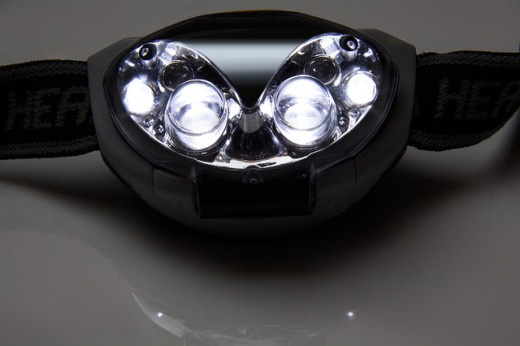
Headlamps
A great all-around light that can be used in many situations is the headlamp. With a strap that attaches to your head, you can use this lamp without your hands, which makes it perfect for cooking, setting up a tent, using the bathroom or for any activity you might encounter in the outdoors. You will want one that tilts so you can aim it at the ground when you’re walking, out of the eyes of your friends or even down at a book for some late-night reading. Many headlamps come with different brightness settings, colored lights and strobes.
There are a few down sides to headlamps. They don’t work well with baseball caps, unless you turn it backwards, and they tend to reflect a bit off of eyeglasses. But overall they are a great lighting option that comes highly recommended.
My favorite headlamp is the Energizer Trailfinder 6 LED Headlight which costs about $18. Sure there are plenty more expensive lights out there, but for the average camping trip this one is a great value for the money. It’s durable, bright, and long lasting on 4 AAA batteries. It has three brightness settings plus a red light.
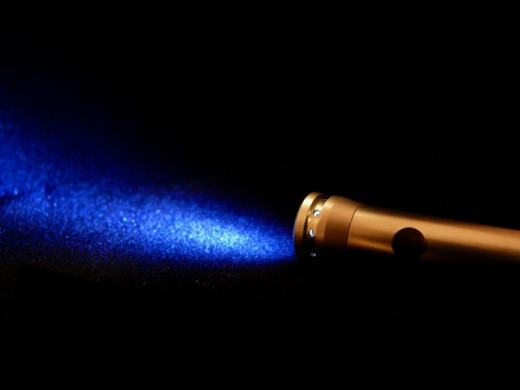
Flashlights
While headlamps have become pretty popular, flashlights still have their place at the campsite. The main downside to the flashlight is that you have to hold it, which can be annoying when you are trying to roll out your sleeping bag or untie your boots. However, it is a good idea to keep a small flashlight in your pack as a back up, incase you lose your headlamp, or it breaks. As always, size, brightness, durability and run time are key factors to explore when purchasing a flashlight.
Flashlights may come with different settings and filters. Some are built right in, such as a red bulb or a strobe light, while others attach to the front as with blue, green or red filters (which are pieces of thin plastic that change the color of the light). Different colors have different purposes. Green lights are frequently used for hunting because they don’t alarm animals. Red lights won’t disturb your night vision so they are great for reading maps. Red is also good for hunting as many animals do not pick up red light. Blue lights can be used for map reading as well as animal tracking.
Strobe lights are often found on police and tactical flashlights. As for practical outdoor usage, strobe lights really aren’t that useful, except to draw attention to yourself in an emergency. If your light comes with it, great, but it isn’t necessary to seek out this feature or pay more for it.
One of my favorite flashlights is the Maglite. It’s durable and reliable. You can adjust the beam of light, there's a place to hold an extra light bulb, you can purchase accessories and they come in a variety of sizes. A good everyday camping flashlight is the Mini-Maglite, which works with 2 AA batteries. I keep a
Maglite Solitaire in my pack as a back up light. It is keychain-sized and runs on one AAA battery. Maglites come in a variety of colors, but be warned, the black ones are impossible to find if you drop them in the dark. However, a strip of
glow-in-the-dark tape around the bottom helps a lot.
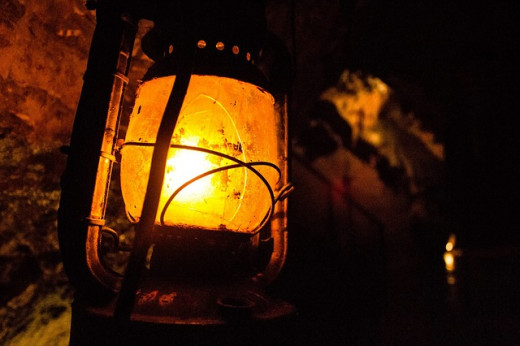
Lanterns
Lanterns are great for lighting up a large area, such as the table, the tent and even the living room during a power outage. They are large enough so multiple people can enjoy the light. As mentioned above, there are many choices when it comes to purchasing a lantern.
The two most important features of a lantern are brightness and durability. If it doesn’t work or it isn’t bright enough, what’s the point? You want something that is sturdy enough, so that if it falls it won’t break. A model with a hook or a large sturdy handle is nice so it can be hung. Having a bright lantern is also important, but you don’t want to go blind sitting next to it. A lantern with frosted plastic can help shield your eyes from the glaring light. Lastly something to look into is the run time. How long will the batteries last on full brightness? If it will die after an hour, don’t bother purchasing it.
One of my favorite all-purpose battery operated lanterns is the Rayovac Sportsman. Its easy to use, has a bright light, and is durable. The lantern runs on 3 D batteries and lasts up to 90 hours on low or 40 hours on high. It can be a bit bright sometimes, with 240 lumens, but at $30, it’s a great value.
Things That Glow
Lanterns, flashlights and headlamps are practical and important, but there are other options that can be fun as well as useful.
Glow sticks are great for marking paths and latrines, navigating in the dark and for general silliness (like capture the flag). Put one in a gallon of water and watch it transform into a glowing orb. Glow sticks are cheap and disposable. Keep a few in your pack and crack one when you need a little nightlight. They come in lots of fun colors.
You can also turn your Nalgene water bottle into a glowing lantern. Simply switch out your regular lid with a Firefly lantern lid by Guyot Designs, and you will always have a light source on hand.
If you are always wearing a baseball hat an LED cap light might be for you. It clips to the underside of the bill of your ball cap. They typically have five LED lights and are pretty inexpensive.
When it comes to being outdoors in the dark it’s important to have reliable lighting options available. Whether you’re strapping it to your head, holding it in your hand, tying it to a tree or setting it on a table, it’s nice to know that you have a piece of quality equipment to work with. Do your research and select the option that works best for you. What are your favorite lanterns and flashlights?



